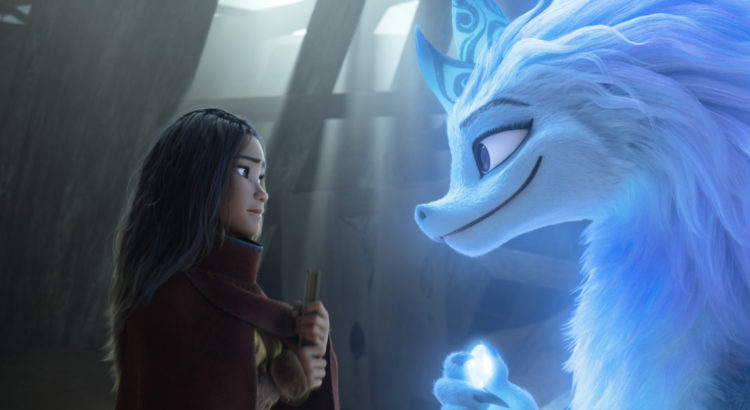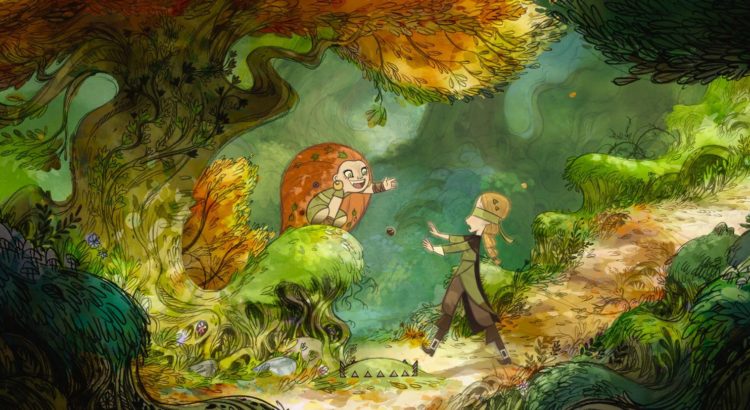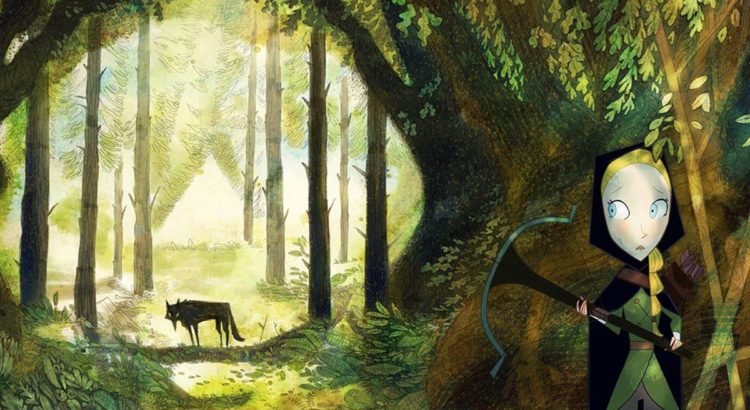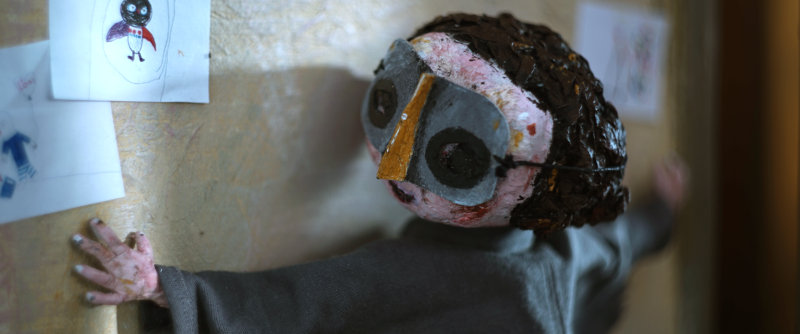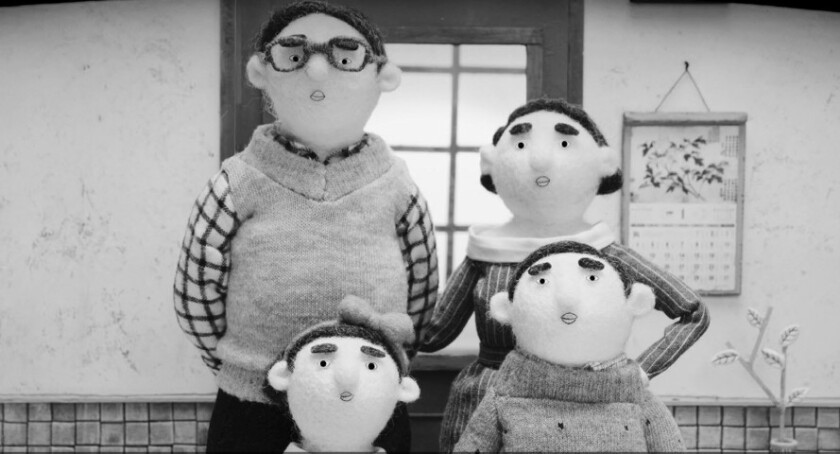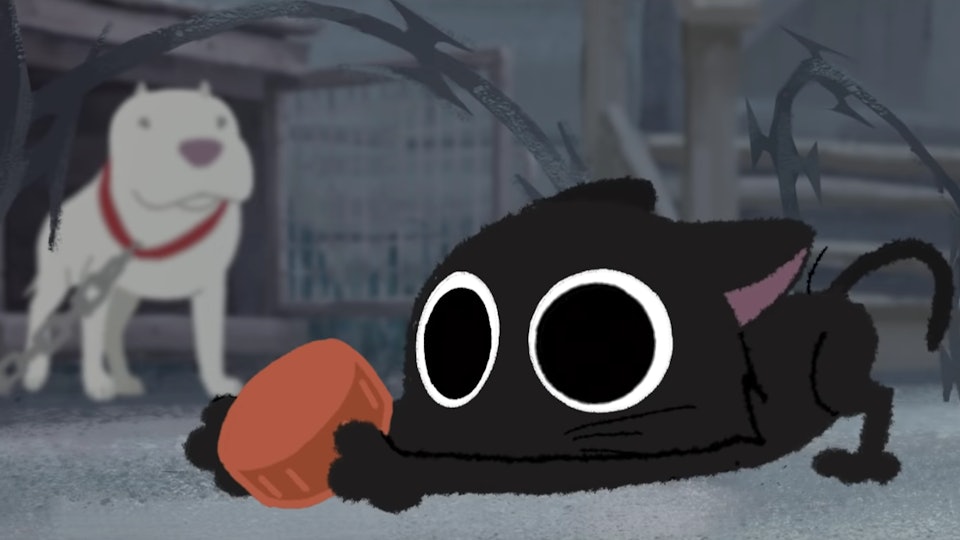Raya and the Last Dragon is Disney’s newest film, and it has a lot of firsts for Disney: it is their first film to be inspired by Southeast Asian culture, it has a unique score, and it even looks and feels like a video game at times. But, despite these firsts, the film is quintessentially Disney. It features goofy side characters and has some corny dialogue, and its overall message makes it a Disney film at heart. The titular heroine, Raya, seeks the last dragon, who she hopes will vanquish the menacing Druun monsters that have been ravaging her home. Raya belongs to one of five tribes that had previously been united under the land of Kumandra, but were divided by the arrival of the Druun. Raya’s adventures take her through Kumandra, where she witnesses the widespread effects of the very monsters that have been devastating her own home.
The overall message of the film can probably be ascertained by this premise alone; audiences have a pretty good idea of what lesson the characters will learn early on in the film. As the runtime is just under two hours, the story and Raya’s development feel very simple. Perhaps the film could have focused exclusively on Raya and her foil introducing a kind of complexity and grey area Disney does not explore as often. That being said, the film is not overly predictable, nor does lack redeemable qualities.
Most of the film’s strengths are technical. The film features a beautiful soundtrack, with whimsical themes for the fantastical moments, and also lively themes to accompany the thrilling action sequences. It’s amazing to see how much Disney’s animation has evolved over the years as this film showcases some of Disney’s most exciting fight scenes to date. There is a battle near the end of the film that is flawless – Raya’s rage comes across so strongly just from the lead-up, locking audiences in for the actual fight.
Whenever Disney is praised for their diversity, it can always be called into question. The film’s creators took great care to travel to Southeast Asia as well as hire cultural consultants, however the majority of the principal voice cast is East Asian. East Asian roles in film are already minimal, but there are even fewer opportunities for Southeast Asian actors. Though the film celebrates Southeast Asian culture, the casting can come across as a misstep. The film is streaming on Disney+, which is not currently available in Southeast Asia. However, the voice of Raya, Kelly Marie Tran, is the first actress of Southeast Asian descent to voice a lead role in an animated Disney movie. Tran was harassed online by Star Wars fans following her breakthrough role in The Last Jedi, only to be written to the side in the trilogy’s conclusion. Despite this, Tran has persevered, and her determination makes her the perfect fit for the role of Raya.
Raya and the Last Dragon is imperfect, but it is a worthy film that teaches trust and forgiveness to kids in the most Disney way possible.

